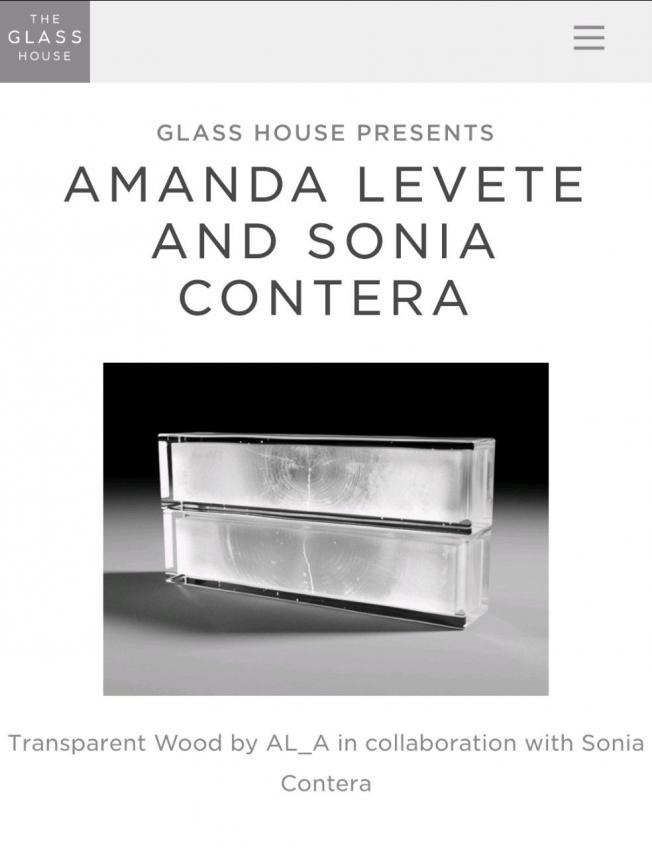Sub-nanoscale free volume and local elastic modulus of chitosan–carbon nanotube biomimetic nanocomposite scaffold-materials
Journal of Materials Chemistry B Royal Society of Chemistry 3:16 (2015) 3169-3176
Abstract:
Future progress in materials for tissue engineering and 3D cell cultures applications requires control of two key physical properties: nanoscale mechanical properties and mass transport. These requirements remain uncontrolled partly due to a lack of physical parameters and quantitative measurements. Using chitosan scaffolds as a model system in close-to-physiological conditions and a combination of experimental techniques and theory, we link structure with local nanomechanical properties. Additionally we introduce a parameter, the free volume, to predict variations in transport properties. By fabricating nanocomposites with single walled carbon nanotubes (SWNTs) we are able to test our approach: incorporation of acid-treated, soluble, [similar]80 nm SWNTs in a chitosan matrix leads to a 2 fold increase in mean local elastic modulus and a decrease of 3% of the free volume available for oxygen diffusion. Inclusion of hydrophobic, [similar]800 nm SWNTs leads to a 100 fold increase of elastic modulus and doubles the voids percentage available for the transport of glucose.Three strategies to stabilise nearly monodispersed silver nanoparticles in aqueous solution.
Nanoscale Res Lett 7:1 (2012) 151
Abstract:
Silver nanoparticles are extensively used due to their chemical and physical properties and promising applications in areas such as medicine and electronics. Controlled synthesis of silver nanoparticles remains a major challenge due to the difficulty in producing long-term stable particles of the same size and shape in aqueous solution. To address this problem, we examine three strategies to stabilise aqueous solutions of 15 nm citrate-reduced silver nanoparticles using organic polymeric capping, bimetallic core-shell and bimetallic alloying. Our results show that these strategies drastically improve nanoparticle stability by distinct mechanisms. Additionally, we report a new role of polymer functionalisation in preventing further uncontrolled nanoparticle growth. For bimetallic nanoparticles, we attribute the presence of a higher valence metal on the surface of the nanoparticle as one of the key factors for improving their long-term stability. Stable silver-based nanoparticles, free of organic solvents, will have great potential for accelerating further environmental and nanotoxicity studies.PACS: 81.07.-b; 81.16.Be; 82.70.Dd.Mapping nanomechanical properties of live cells using multi-harmonic atomic force microscopy.
Nat Nanotechnol 6:12 (2011) 809-814
Abstract:
The nanomechanical properties of living cells, such as their surface elastic response and adhesion, have important roles in cellular processes such as morphogenesis, mechano-transduction, focal adhesion, motility, metastasis and drug delivery. Techniques based on quasi-static atomic force microscopy techniques can map these properties, but they lack the spatial and temporal resolution that is needed to observe many of the relevant details. Here, we present a dynamic atomic force microscopy method to map quantitatively the nanomechanical properties of live cells with a throughput (measured in pixels/minute) that is ∼10-1,000 times higher than that achieved with quasi-static atomic force microscopy techniques. The local properties of a cell are derived from the 0th, 1st and 2nd harmonic components of the Fourier spectrum of the AFM cantilevers interacting with the cell surface. Local stiffness, stiffness gradient and the viscoelastic dissipation of live Escherichia coli bacteria, rat fibroblasts and human red blood cells were all mapped in buffer solutions. Our method is compatible with commercial atomic force microscopes and could be used to analyse mechanical changes in tumours, cells and biofilm formation with sub-10 nm detail.Engineering Biocompatibility and Assembly in Carbon Nanotube Electrodes Using the Physicochemical Properties of Chitosan
Japan Society of Applied Physics (2011)
Bilayer-mediated clustering and functional interaction of MscL channels
Biophysical Journal 100:5 (2011) 1252-1260



